This is a work that, for me, gets off to a bad start almost from the first page.
It irks me to no end that a book dealing with a serious scientific topic does not give a single scientific name for any of the birds mentioned, not even a list at the end of the book. It is inexcusable on its face, but becomes even more egregious when one considers that people whose native tongue is not English may wish to use the book as a reference, and may not know the common name in English (not always the same from book to book, by the way) but would identify the bird in an instant if the scientific name were given. Why it is not given mystifies me.
Furthermore, I am at a bit of a loss to understand why the author does not follow the widely accepted practice of capitalizing the common names of birds. Almost universal in its use, it eliminates any possible confusion. Is one talking about a little egret (could be a small Great Egret) or a Little Egret (Egretta garzetta), a great blue heron (maybe an exceptionally-plumaged Little Blue Heron) or a Great Blue Heron (Ardea herodias)? A blue tit perhaps conveys a different meaning from Blue Tit (Cyanistes caeruleus)! And how about that lovely cotinga I saw in Costa Rica - or was it a Lovely Cotinga (Cotinga amabilis)?
Let me point to distinguished ornithologists recently published by Princeton University Press who all subscribe to capitalization: Klaus Malling Olsen, Pete Dunne and Kevin T. Karlson, Brian K. Wheeler, William S. Clark and N. John Schmitt, Tomasz Cofta, Steve N. G. Howell and Kirk Zufelt....and others. And, without exception they provide scientific names too! The American Ornithological Society uses capitalization, as does the Cornell Lab of Ornithology! Why not you, Wenfei Tong?
The type size for the descriptive paragraphs accompanying the pictures is really small, and if there is even a little glare on the glossy paper, it is hard to read.
I take issue with facts and/or sloppy treatment throughout the book. Permit me to cite a few examples.
Page 55 - "Black-billed magpie pairs in Europe form evenly spaced territories.....". Black-billed Magpie (Pica hudsonia) is exclusively a bird of western North America. The similar-looking European bird is is a different species, Eurasian Magpie (Pica pica). This taxonomic split is of long standing, and to make sure that it has been universally accepted, I checked the following authorities: IOC World Bird Names (Version 11.1), Clements 6th edition (Version 2019), Howard & Moore (4th edition), eBird (2019), HBW and BirdLife Taxonomic Checklist v. 5 (Dec. 2020). In each case the treatment is the same - two distinct species. And to make the cheese a little more binding on page 166 Tong actually uses the term Eurasian magpie!
Blue Tit is a delightful little bird in the family Parulidae, found throughout Britain, most of Europe, and western Asia. It does not, however, have a crest as stated in the text. I have checked every reference I have (and I have seen hundreds of Blue Tits) and the bird is always credited with having a blue cap or crown. I was unable to find any reference to erectile feathers creating the semblance of a crest during courtship or hostility. If you wish to see a tit with a crest see Crested Tit (Parus cristatus), Rufous-naped Tit (Parus rufonuchalis), Sultan Tit (Melanochlora sultanea) or others. Blue Tit does not have a crest as stated on page 72 dealing with territorial defence.
On page 109, when dealing with Northern Flicker, it is stated "A female red-shafted flicker (the western US variant of the northern flicker.....". The bird occupies western North America, including Canada, not just the US, and as if to prove the point the main part of the text says, "Similarly, up to 5 percent of female northern flickers in a population in British Columbia....". Conflicting statements on the same page!
I was more than a little puzzled to read on page 174 that "Squabbling and siblicide are common among eastern screech owl chicks......". That did not align with my experience with these diminutive owls. I have an entire shelf of reference works on owls, and was unable to find evidence of this behaviour in the literature. In Wilson Bulletin 110 (1), 1998, page 91, it is stated "Finally it is possible that siblicidal behaviour is simply uncommon in Eastern Screech Owls and that starvation and suffocation are the primary causes of mortality among nestlings." Noteworthy, I think, is the fact that this august journal capitalizes the names of birds throughout!
The bibliography, interestingly called a "Selective Bibliography" is nothing short of abysmal. For a work that devotes 215 pages to "Understanding Bird Behaviour" only six titles are offered to the reader interested in further study, and three of them are by Nick Davies, a distinguished behavioural ecologist without question, but there are many others. What about his good friend Tim Birkhead, to name just one? This list could have been, and should have been, considerably extended. Just dealing with crows for example (putting other corvids aside for a moment), they are focus of the text on pages 45-6, 50, 55, 57, 139, 140-1, 143, 182, 187, 195. Yet there is not a single reference to direct the reader to further reading from legendary figures such as Berndt Heinrich, John Marzluff and Tony Angell.
Ravens take up pages 50, 52-3 and 74. A link to Derek Ratcliffe's magnificent monograph would seem to be in order. And, the aforementioned Heinrich's work with Common Ravens should be required reading for anyone even mildly interested in these intelligent, resourceful birds.
I could cite more, trust me, but you get the point.
The list of journal articles is impressive, but few readers have access to most of these highly specialized journals, not always available on line, and often requiring paid membership in an organization. How many among us regularly see Animal Behaviour, Journal of Experimental Biology or the Proceedings of the Royal Society?
The book would have benefitted greatly from a glossary.
I reviewed Wenfei Tong's previous book, Bird Love, in March 2020 (here) and the issues were the same then. Plus ça change, plus c'est la même chose, unfortunately.
In Ben Shelton's foreword, he comments on "Wenfei Tong's lively prose." I have yet to find it. Adequate? Certainly. Lively? I think not. In fact I found some of the sentences a little cumbersome and had to reread them to make sure I understood what she was trying to convey.
On the positive side, the photographs range from good to very good, and usually illustrate the chapter well. I was not particularly impressed with the paintings, but I realize that may simply reflect personal taste. There is much that a beginner seeking to learn about bird behaviour can learn from the book, but it is a bit of a spare skeleton, perhaps inevitable when only two pages for each topic are allowed including pictures, maps, and illustrations that take up much of the space. A work based on sound reasoning has fallen apart a little, unfortunately.
Do I recommend it? Should you buy it? My advice would be to get a nice bottle of wine. You will probably get more satisfaction from it - and it will certainly not irritate you as much as this book has irritated me!
Understanding Bird Behaviour - Princeton University Press
Author: Wenfei Tong - Hardcover - ISBN: 9780691206004
Price: US$27.95
Published: 20 September 2020
224 pages - 150 colour illustrations and photographs - 6.5 x 9 inches (16.25 x 22.5 cm)








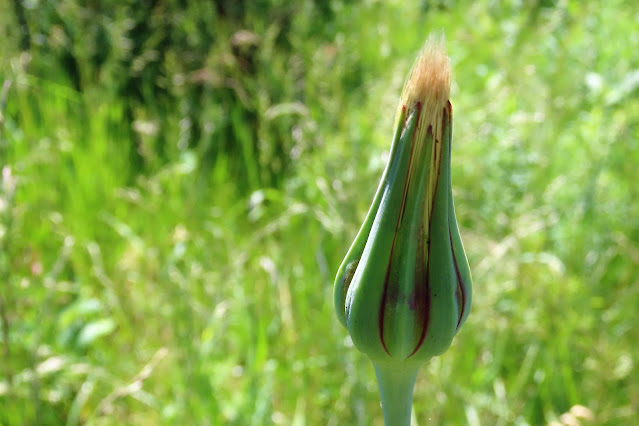






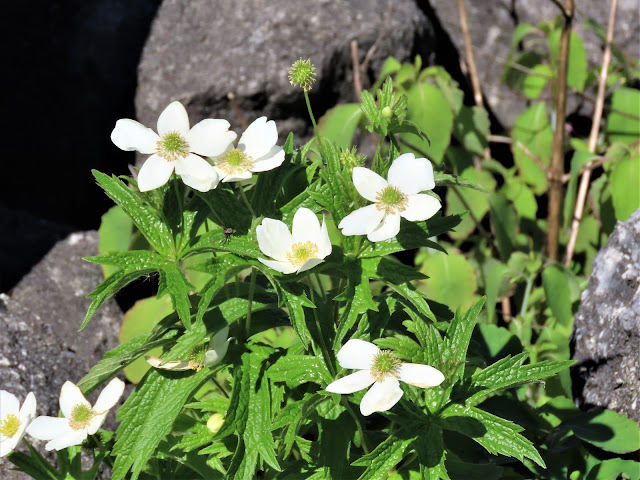










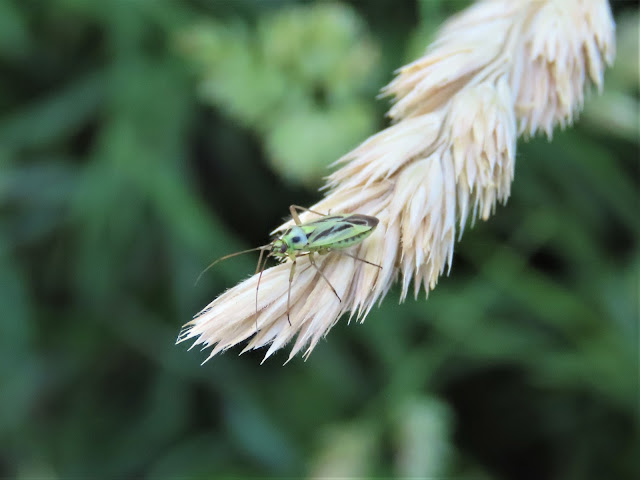

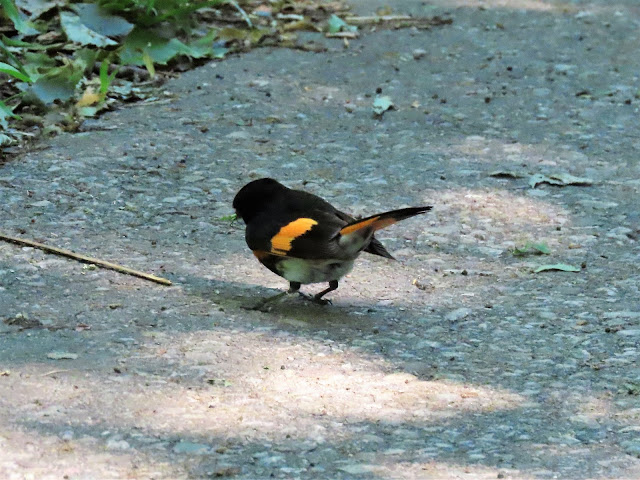






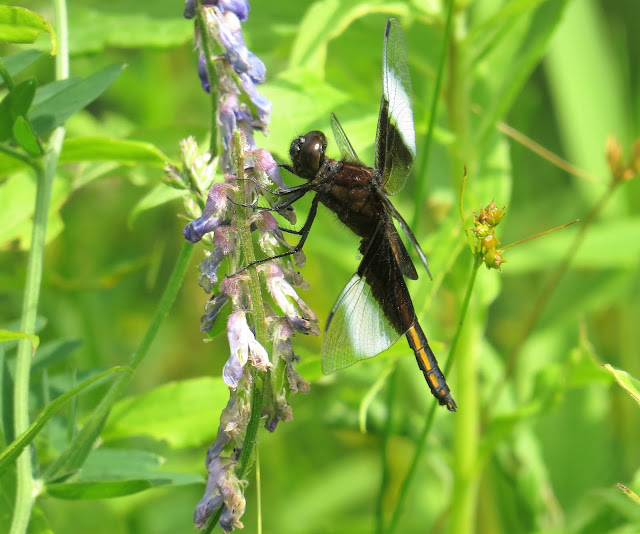











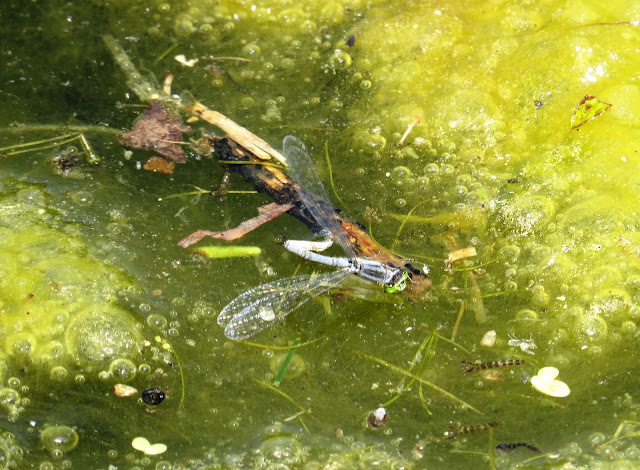




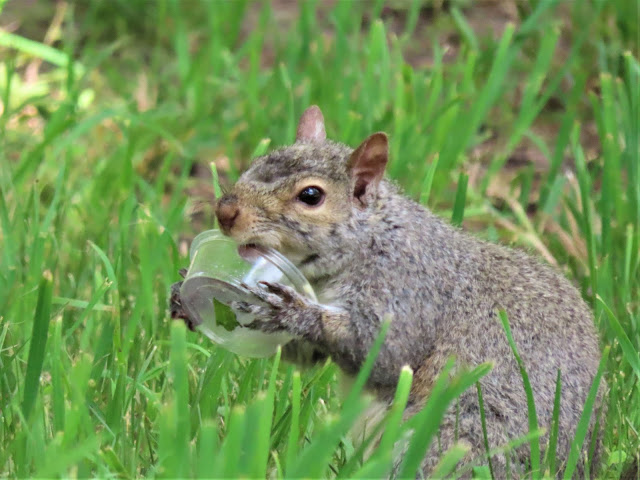















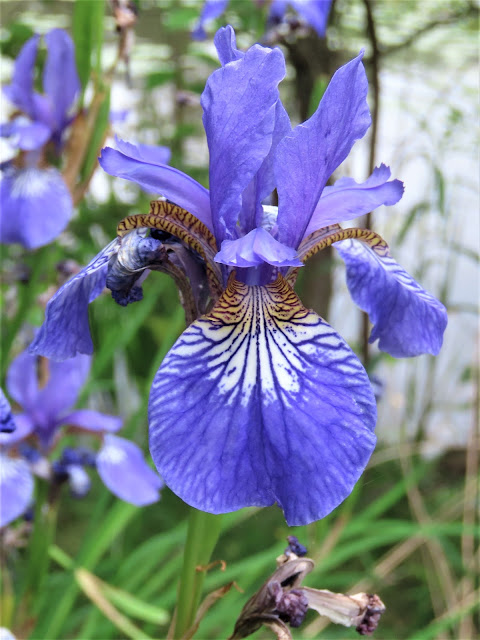









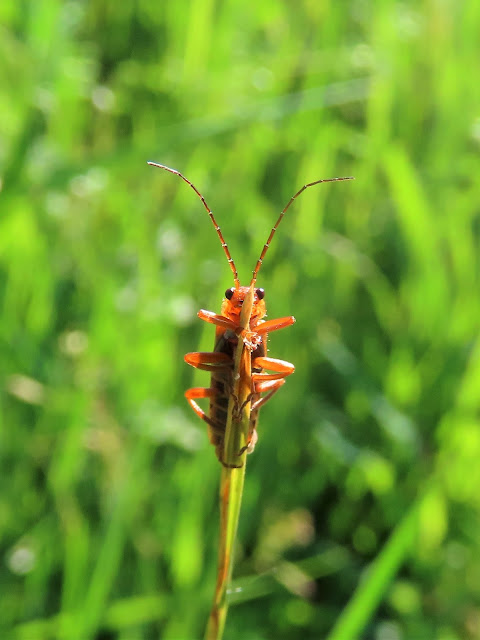







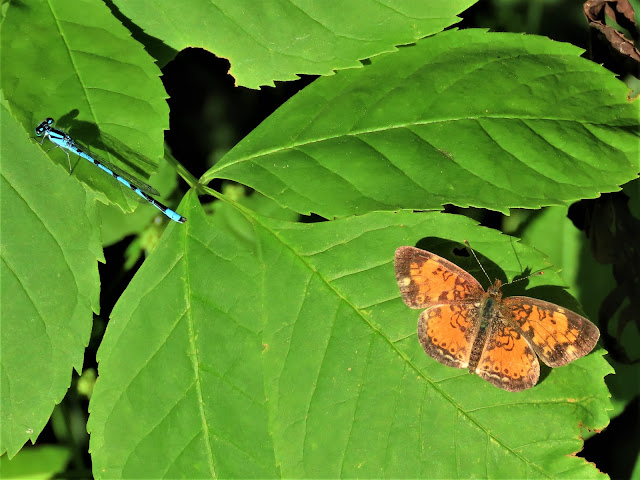












.svg.webp)













